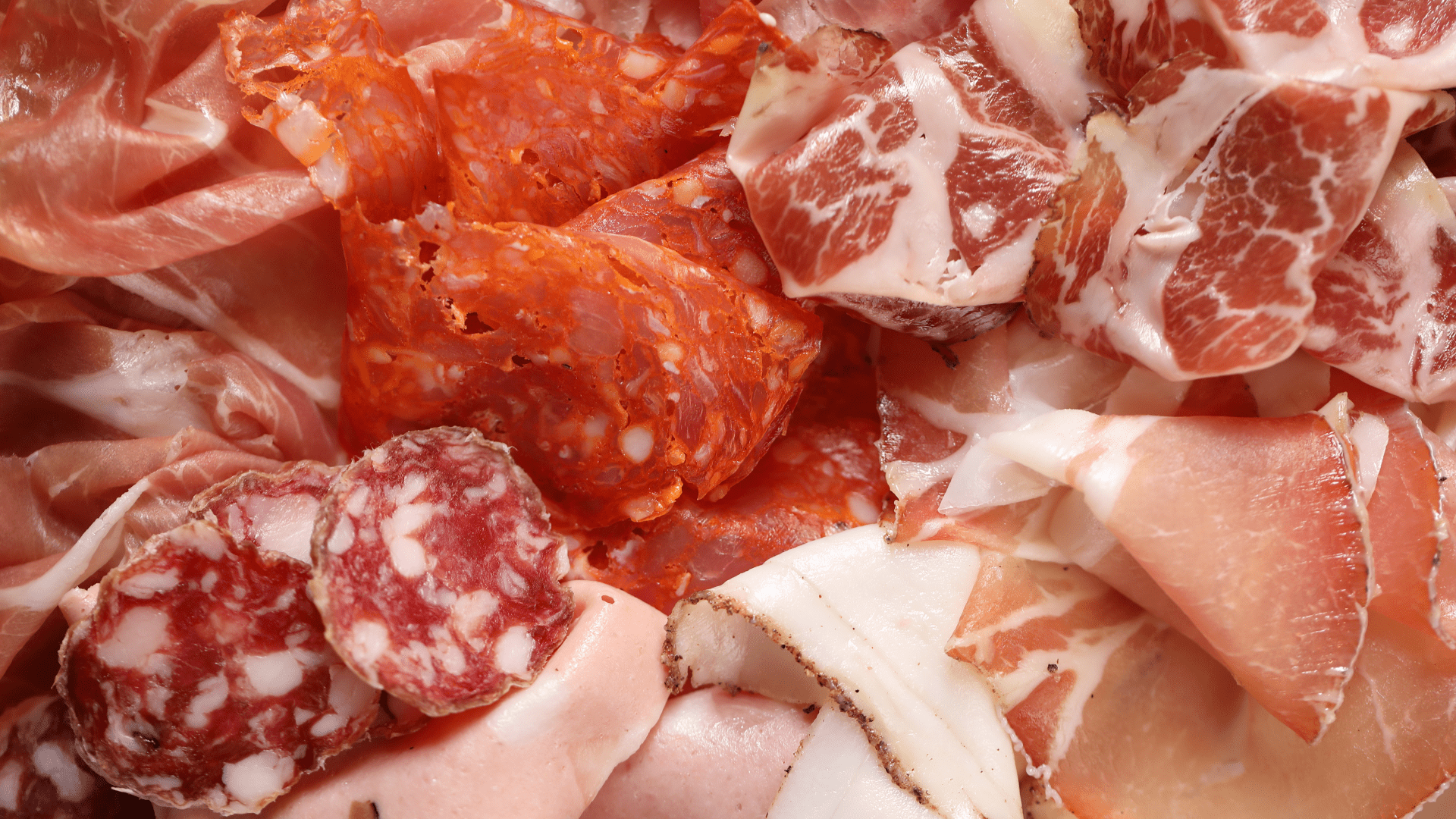Soluzione per l’analisi e visualizzazione dei dati di tracciabilità
le tecniche spettroscopiche supportate da indagini chemiometriche servono ad ottenere le informazioni necessarie alla caratterizzazione delle materie prime e dei prodotti agroalimentari. Le tecniche basate sull’Hyper Spectral Imaging (HSI), ad esempio, si presentano molto versatili e scalabili per le operazioni di controllo qualità e la classificazione on-line: tra queste figurano la tecnologia di sensing per le macchine selezionatrici, per le materie prime, e per i prodotti agrifood, andando così a meglio definire le differenti tipologie di materiali.
Leggi di più

